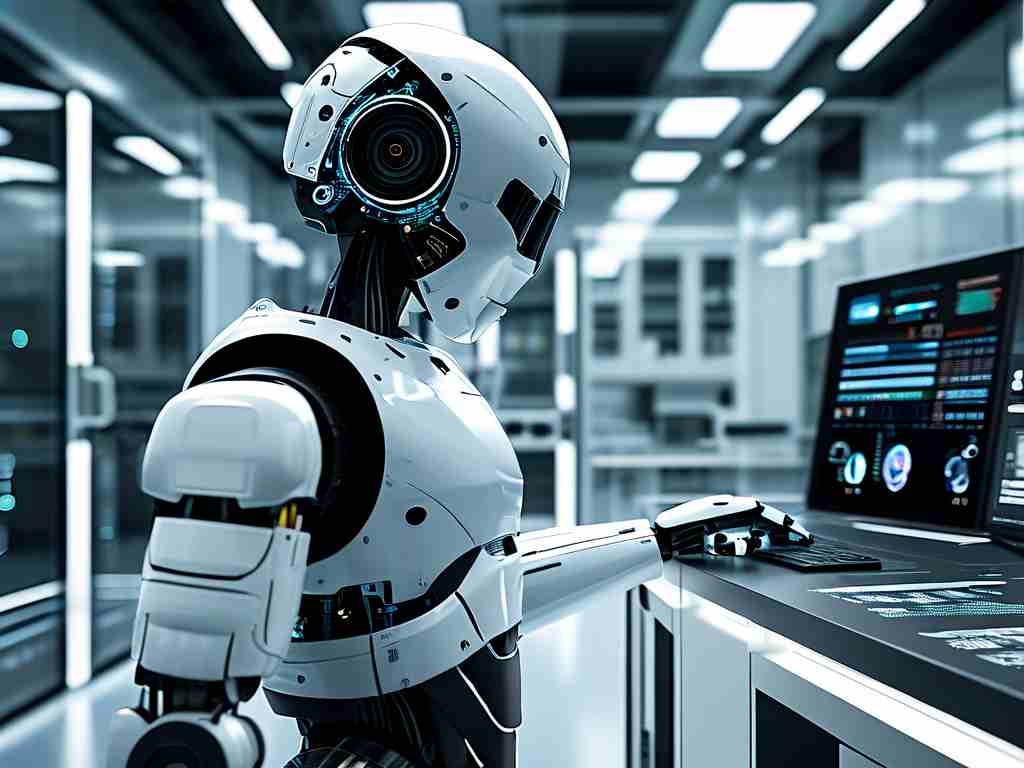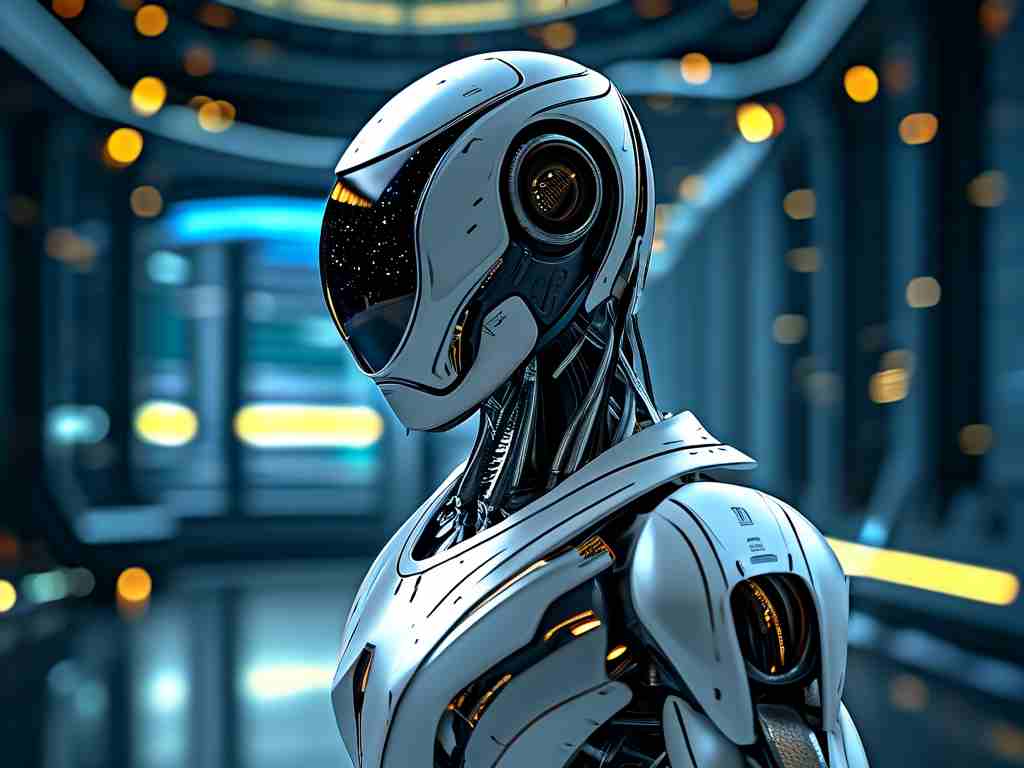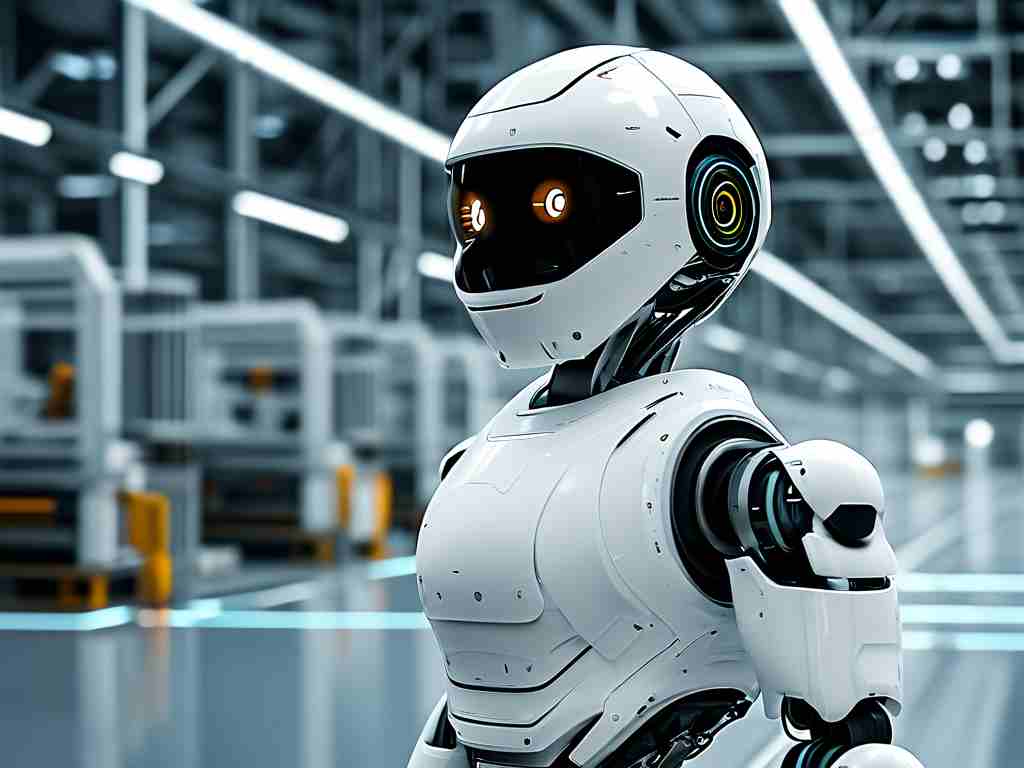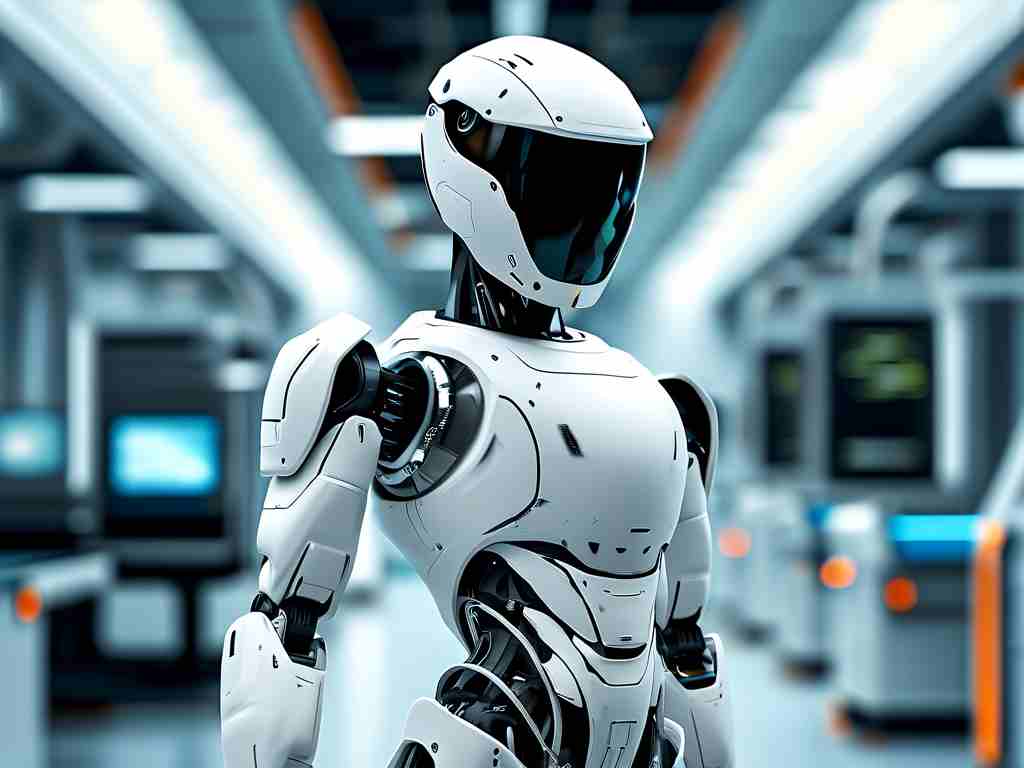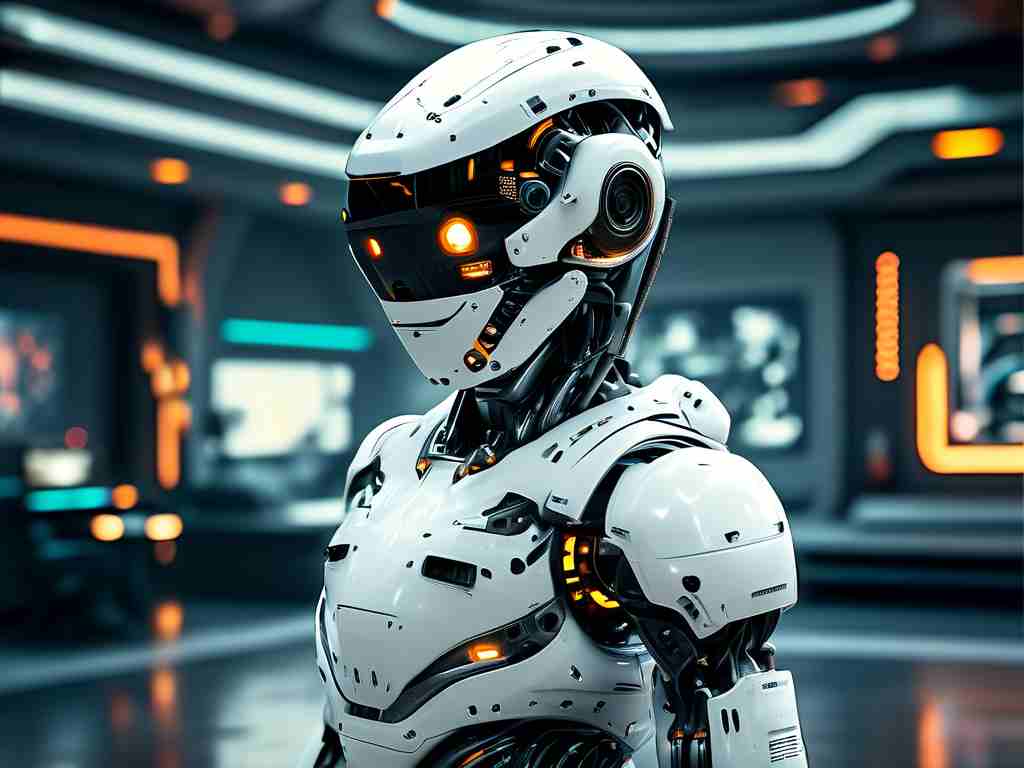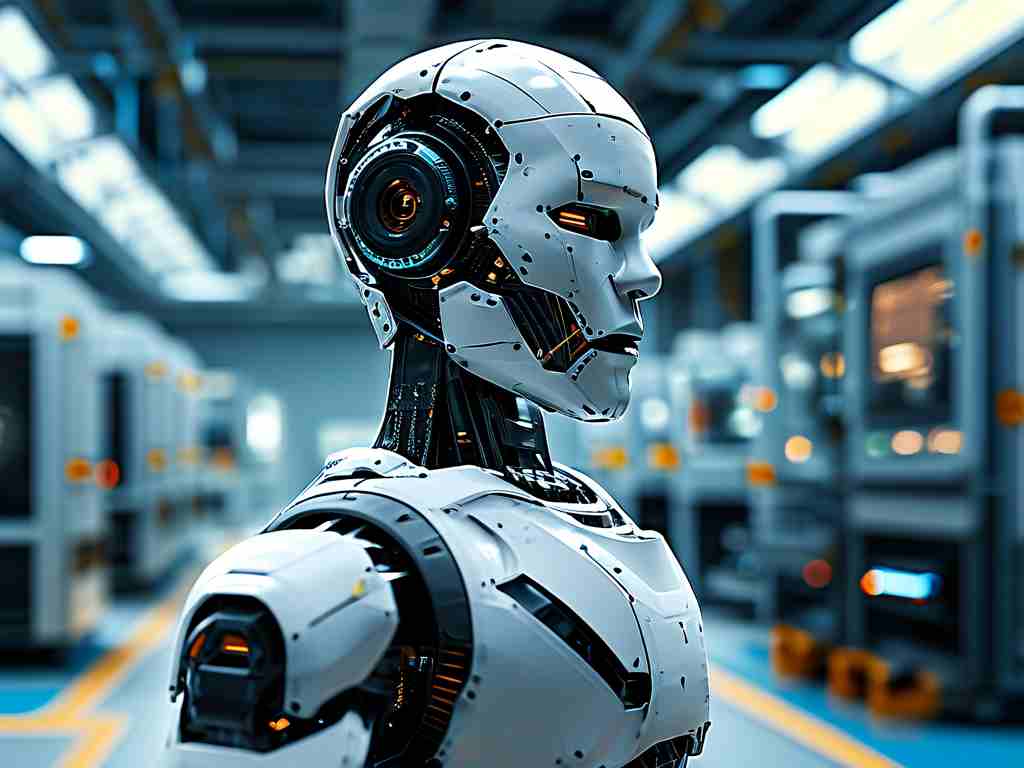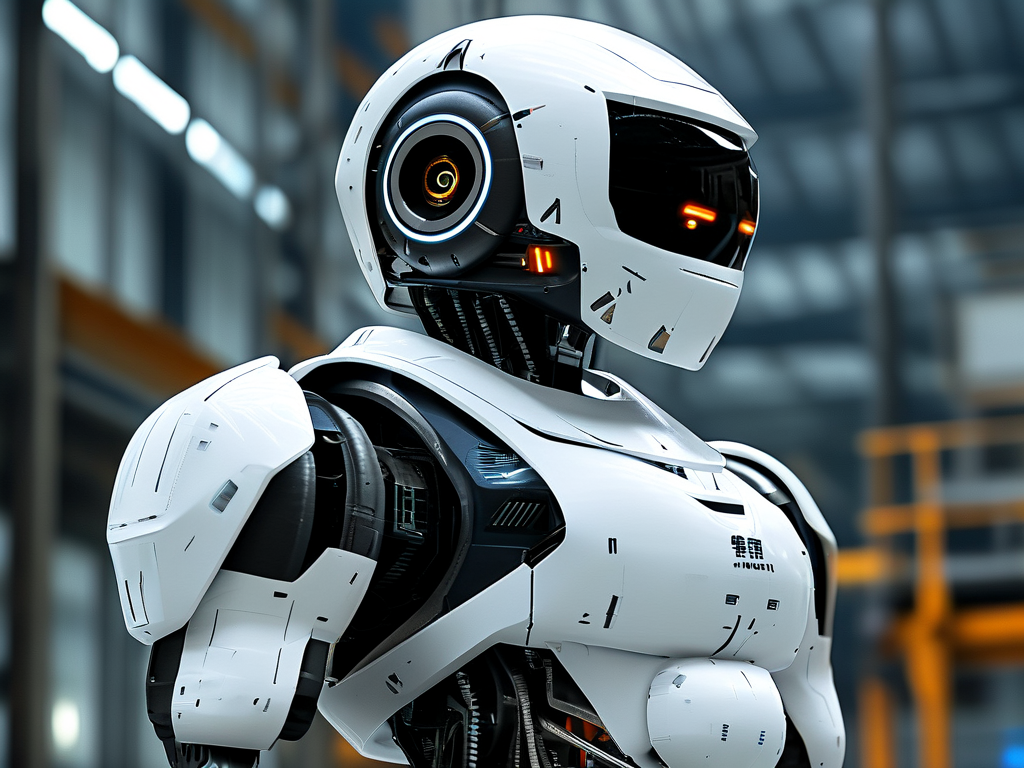From assembly line mechanical arms to humanoid service robots, advanced robotics has transformed how we document technological progress through imagery. Behind every striking photograph of a bipedal machine or precision welding bot lies a story of engineering breakthroughs and visual storytelling techniques reshaping public perception.
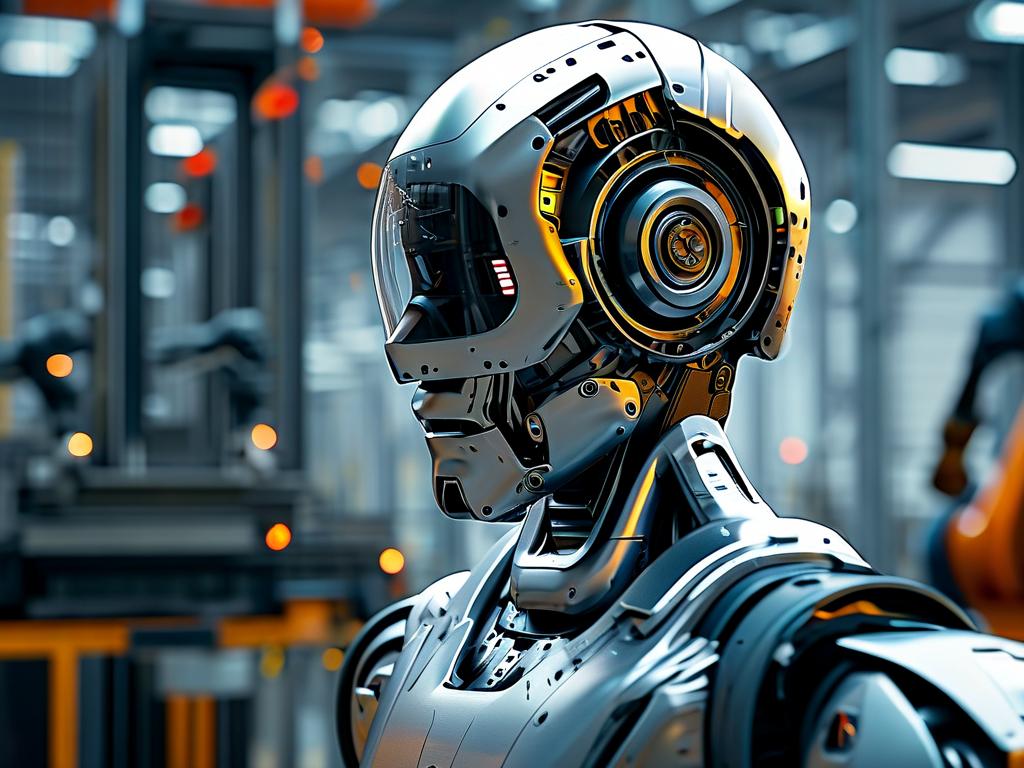
The relationship between robotics and imaging technology forms a symbiotic loop. High-speed cameras capturing movements at 5,000 frames per second enable engineers to analyze joint flex patterns in exoskeletons, while thermal imaging reveals heat distribution in motor systems. These technical images, often mistaken for abstract art by lay observers, have become essential diagnostic tools. A 2023 MIT study demonstrated how machine learning algorithms can predict component failures by analyzing microscopic wear patterns in robotic actuator images with 94% accuracy.
Contemporary robotics photography transcends mere documentation. The iconic "Dawn of Atlas" series by tech photographer Lena Voss, featuring Boston Dynamics' humanoid robot against misty mountain backdrops, sparked global discussions about humanity's coexistence with machines. This deliberate anthropomorphism through visual framing – positioning robots in familiar human environments – accelerates public acceptance while raising ethical questions about emotional manipulation through imagery.
Medical robotics provides particularly compelling visual material. The da Vinci Surgical System's four-armed silhouette, frozen in mid-operation under surgical lights, has become shorthand for precision medicine. New endoscopic bots capable of capturing 360-degree 4K footage inside blood vessels are generating unprecedented anatomical visuals, with Johns Hopkins researchers recently publishing a paper analyzing vascular anomalies through robotic image datasets equivalent to 12 years of manual observations.
Industrial applications reveal another layer of visual complexity. Automated quality inspection systems now combine 6-axis robots with hyperspectral imaging, creating multi-layered visual signatures for product verification. A BMW plant in Munich uses robotic cameras that simultaneously capture surface textures, weld seam integrity, and paint thickness across 57 measurement points on each car chassis – a process completed in 12 seconds with zero human intervention.
The artistic community has embraced robotics imagery as a new medium. Digital artist collective Null_Space gained recognition for their "Circuit Portraits" exhibition, using industrial paint robots to convert EEG brainwave patterns into abstract murals. This fusion of biological data, robotic precision, and visual expression challenges traditional notions of both art and machinery.
Ethical considerations emerge as imaging capabilities advance. Facial recognition-enabled service robots in Tokyo's Haneda Airport raised privacy concerns when it was discovered their 8K cameras could identify individual pores on passengers' skin. Regulatory bodies now grapple with establishing visual data protocols – the EU's proposed "RoboPrivacy" framework mandates dynamic blurring of non-essential biometric details in all public-space robotic imaging systems.
Looking ahead, volumetric capture technology promises to revolutionize robotics documentation. NASA's Jet Propulsion Laboratory recently deployed light field cameras that record Mars rover movements as manipulable 3D models, allowing Earth-based engineers to "walk around" the robot in virtual space. This shift from 2D to spatial imaging could redefine how we interact with and understand robotic systems.
As we stand at this intersection of mechanics and optics, each robotic image serves dual purposes: as technical documentation driving innovation, and as cultural artifact shaping our technological imagination. The challenge lies in maintaining this delicate balance – ensuring that our visual narratives about advanced robotics remain both scientifically rigorous and socially responsible.


